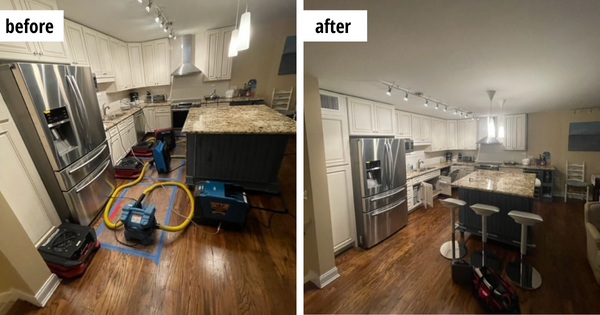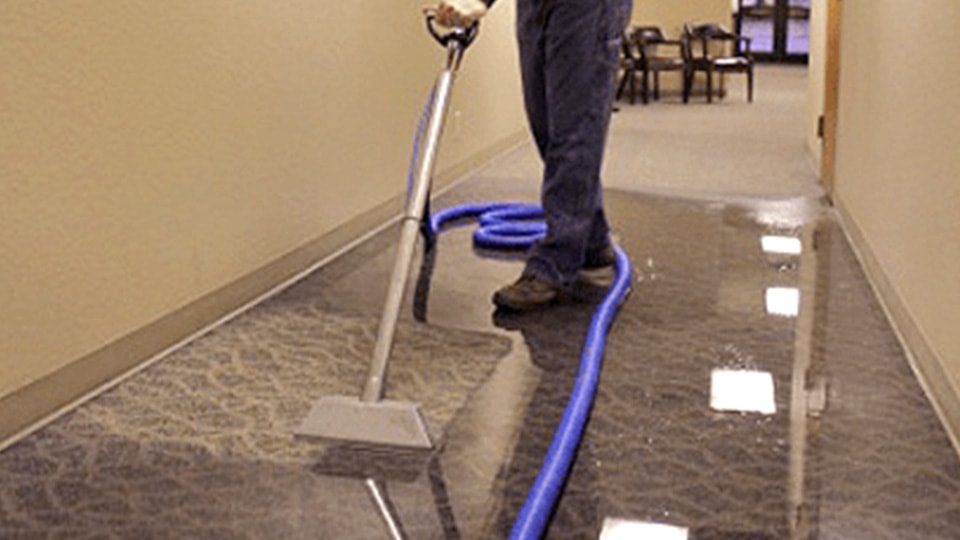Water damage is one of the most common and costly issues homeowners face. It may start as a small leak, but if left untreated, it can lead to long-term structural problems and health risks. SmartFix Water Damage helped hundreds of property owners in Trussville, AL, detect, repair, and prevent serious water damage. But how do you know if the damage you’re seeing is permanent?
If you’re dealing with strange stains, warped surfaces, or moldy smells, you could be facing more than just moisture—you could be looking at permanent water damage. This guide breaks down the warning signs, causes, and early indicators to help you take action quickly. Need expert help now? Call SmartFix 24/7 at (214) 286-6899.
What Is Permanent Water Damage?
Permanent water damage refers to deterioration or structural compromise that can’t be reversed by drying or basic cleaning. In other words, the materials have absorbed water for too long or too deeply and now require full replacement rather than simple restoration.
Some examples include:
- Warped wood flooring that has lost shape
- Saturated drywall that crumbles to the touch
- Rotten subflooring that no longer provides structural support
- Mold-infested materials beyond safe remediation
- Discolored ceiling tiles or insulation that can’t be restored
Once materials like wood, drywall, or insulation reach this stage, they can no longer perform their intended function safely. At this point, restoration companies like SmartFix Water Damage must remove and replace the affected areas to fully repair the damage.
Early Signs of Permanent Water Damage
Warped or Swollen Surfaces
When water saturates materials like wood or laminate flooring, the excess moisture causes expansion, which leads to warping or buckling. If the surface remains uneven even after drying, the damage is likely permanent. Warped floorboards or swollen door frames are strong indications that a full replacement is necessary.
Soft or Sagging Drywall
Drywall is highly absorbent. When exposed to moisture for extended periods, it becomes soft, spongy, or visibly saggy. This is a serious red flag, especially if it affects ceilings, as it may eventually collapse. Cracking paint or bubbling under the surface are also early warnings.
Persistent Musty Odors
A lingering musty smell is a major indicator of mold growth, which usually starts forming within 48–72 hours of water exposure. If mold spores have penetrated porous materials like drywall, carpet padding, or wood, it may be impossible to remove them safely without replacing the material entirely.
Peeling Paint or Wallpaper
Trapped moisture causes wall coverings to lose adhesion. If you see wallpaper bubbling or paint peeling off in sheets, there’s likely water damage beneath. When these symptoms keep returning after repairs, it's a sign that the water damage may be permanent and ongoing.
Stains That Keep Spreading
Water stains on ceilings or walls that continue to grow in size—even when there's no visible leak—point to ongoing moisture intrusion. These stains often signal deep, long-term water exposure that has already compromised the material’s integrity.

How Quickly Does Water Damage Become Permanent?
Time is critical when it comes to water intrusion. The longer materials stay wet, the higher the risk of permanent structural damage and mold infestation. Here’s a general timeline of how fast damage can escalate:
Within 24 Hours: Moisture begins to soak into carpets, drywall, wood, and insulation. Staining and warping may begin.
48–72 Hours: Mold can start to grow, and porous materials become increasingly compromised.
1 Week: Drywall may begin collapsing, flooring can rot, and structural supports may weaken.
2 Weeks or More: Permanent damage is likely widespread, affecting subflooring, framing, and even electrical systems.
Once materials like drywall or subfloors have absorbed too much water or mold, they lose their structural integrity and must be removed and replaced, not just dried.
Can Permanent Water Damage Be Repaired?
Yes—but it involves replacement, not restoration.
While temporary water damage can often be fixed with drying, cleaning, and minor repairs, permanent damage requires full removal of affected materials. Depending on the severity, repairs may include:
- Replacing drywall, insulation, or baseboards
- Rebuilding sagging ceilings or rotted subfloors
- Installing new flooring, tiles, or carpeting
- Mold remediation with material removal
- Electrical rewiring or repainting
SmartFix Water Damage offers complete rebuild and restoration services after removal. We make sure everything—from structure to aesthetics—is restored safely and properly.
Why Choose SmartFix Water Damage in Trussville?
When it comes to water damage, you need local experts who act fast and know how to handle every situation. At SmartFix Water Damage, we serve homeowners and businesses throughout Trussville, AL, with rapid response and expert service.
Here’s what you get when you call us at (214) 286-6899:
- Free water damage inspection
- 24/7 emergency response
- Moisture mapping and detection
- Mold and structural assessments
- Complete repair, rebuild, and cleanup
- IICRC-certified professionals
We don’t just remove water—we restore your property to full safety and comfort, with permanent solutions for permanent damage.

Conclusion
Not all water damage is permanent, but if left untreated, it can become a serious problem fast. From warped floors to moldy walls and rotted framing, the risks of waiting too long are high.
If you’re seeing signs like musty smells, soft drywall, or stains that won’t go away, call SmartFix Water Damage now at (214) 286-6899. Our Trussville team is ready 24/7 to inspect, identify, and eliminate the root of the problem before it becomes irreversible.
FAQs
How can I tell if my drywall has permanent water damage?
If your drywall feels soft, sags, crumbles, or shows signs of mold or musty odors, it's likely permanently damaged. Discoloration that keeps spreading is also a red flag. In most cases, affected drywall needs to be removed and replaced to ensure safety.
Can warped wood floors be saved after water damage?
Mild warping may be reversed if treated quickly, but extensive buckling or cupping usually indicates permanent damage. In such cases, the flooring must be replaced. SmartFix Water Damage can assess the severity and recommend the best solution.
How long does it take for water damage to become permanent?
Water damage can begin causing permanent harm within 24 to 72 hours, especially in porous materials like wood, drywall, and insulation. Fast action is critical to minimize long-term damage.
Is mold always a sign of permanent water damage?
Not always, but mold often indicates that moisture has been present for too long. If mold has deeply penetrated walls, flooring, or ceilings, those materials are usually beyond repair and must be replaced.
Should I replace insulation after water damage?
Yes. Most insulation types (especially fiberglass or cellulose) lose their effectiveness once wet and can harbor mold. Wet insulation is considered permanently damaged and should always be removed and replaced.








Comments (0)